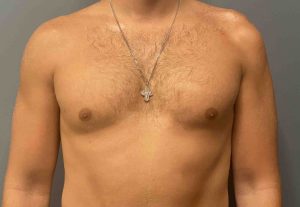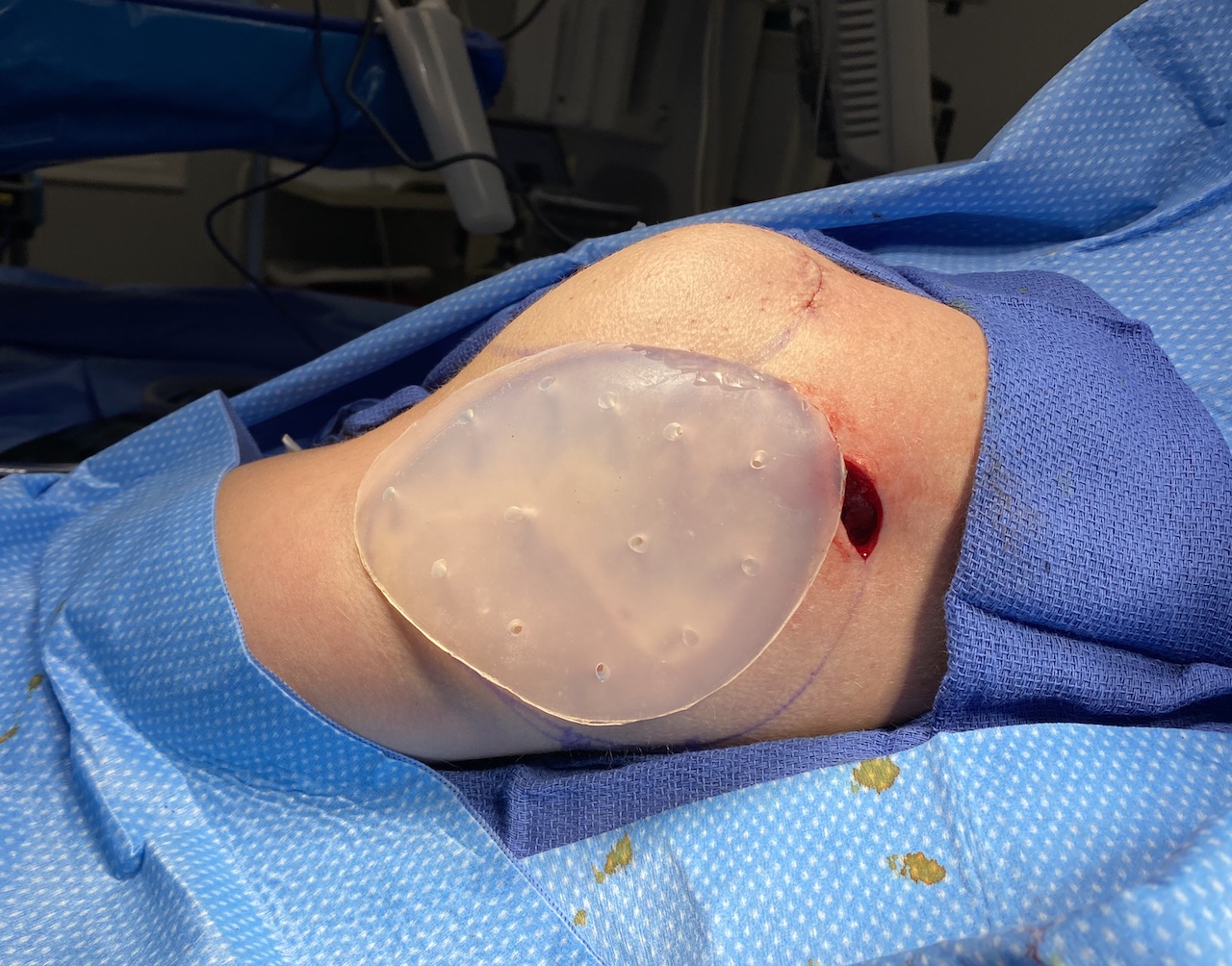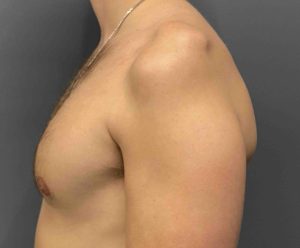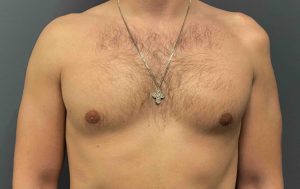Background: The well known deltoid muscle creates the rounded contour of the shoulders. It has at least three main muscle bellies that cover the shoulder joint which originate along the clavicle and scapula and insert into the humerus of the upper arm. It receives its motor innervation from the axillary nerve which originates from cevical nerves 5 and 6. Loss of the innervation can occur from traumatic injuries (shoulder separation) or from surgical procedures around the axillary region. (e.g., shoulder surgery)
With significant injury to the axillary nerve deltoid muscle atrophy occurs rather quickly, usually within four to six weeks after its occurrence. If the axillary nerve does not recover subsequent muscle loss of the deltoid and trees minor will be significant causing an obvious or skeletonized appearance to the shoulder. Rather than a convex shoulder contour it acquires a concave appearance as all three muscle heads lose most of their volume.
With permanent injury of the axillary nerve the shoulder asymmetry is very obvious and those affected would most likely want to pursue some form shoulder contour restoration. Augmenting the lost muscle mass can be done by either fat injections or implants. Each approach has its advantages and disadvantages . Fat is an autologous approach but requires adequate donor harvest sites and how much volume retention of the injected fat is unpredictable. Implants provide an assured volume outcome but they have to be created by some form of custom process.
Case Study: This male had prior surgery for a chronic shoulder dislocation that had a complication of axillary nerve injury. As a result of the nerve injury he subsequently developed significant deltoid muscle atrophy and shoulder shape asymmetry.


Case Highlights:
1) The deltoid muscle is well known to undergo atrophy with loss of its motor innervation of the axillary nerve.
2) While the deltoid muscle mass can not be restored from loss of motor innervation its shape/contour can be augmented to improve shoulder asymmetry with custom made deltoid implants.
3) The placement of two custom deltoid implants in a near empty subfascial space offers good improvement.
Dr. Barry Eppley
Indianapolis, Indiana









